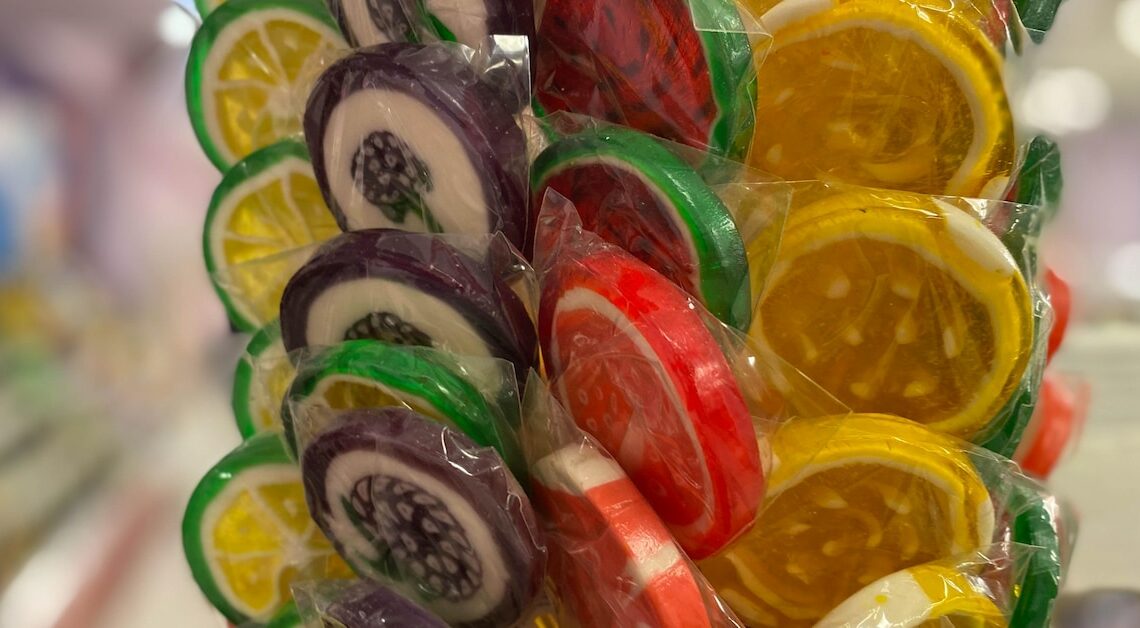
Isomalt is not harmful. The sugar alternative was discovered in the late 1950s and has a firm place in the food industry.
Does “not harmful” also mean healthy? Isomalt put to the test
Isomalt is a sugar substitute. In the list of E numbers you will find it in the category E 950 to E 967. Isomalt is called E 953So when you buy sugar-free foods, you may see the abbreviation in the list of additives.
- If sugar is replaced by isomalt, this does not automatically mean that it is a calorie-free product. Isomalt is a sugar substitute, but it still has some more than half as many calories like regular household sugar.
- After all, isomalt and table sugar have the same origin: the sugar beetFirst, a carbohydrate – isomaltulose – is extracted from the beet sugar. This is then broken down and what remains isomalt.
- Unlike sugar, however, isomalt does not cause insulin levels to skyrocket. The substitute has a low glycemic index and is therefore often used as part of a diet suitable for people suffering from diabetes.
- The sugar substitute does not have any harmful side effects, but some consumers suffer from FlatulenceThere is no recommendation for a maximum consumption amount, but you should not overdose on isomalt, because in large quantities it unfolds its laxative effect.
- And E 953 has no adverse effect on dental health either. The sugar alternative is even considered tooth-friendlybecause it does not produce acids that attack tooth enamel.
How to use Isomalt
Isomalt is not only firmly established in the food industry. Confectioners and amateur bakers are also aware of the benefits of this sugar substitute.
- Isomalt is particularly suitable if you want to make solid shapes – for example candies, lollipops or decorations made of sugar glass.
- E 953 remains colourless even when heated and has no taste of its own. It is therefore often used in patisserie and confectionery when food colouring needs to develop its full brilliance.
- The sugar alternative has another advantage: it binds and gives cakes and pastries a good “stability”. Please keep in mind, however, that isomalt is less sweet than sugar and therefore the taste of your creations may change.
You might also be interested in:
- Hidden sugar in food: You should watch out for these tricks of the food industry
- Sugar in cola and other soft drinks: This is what is really in them
- Cane sugar and raw cane sugar: differences simply explained
- Fighting sugar addiction: How to proceed
- Sugar withdrawal: This is what happens in your body when you give up sugar
